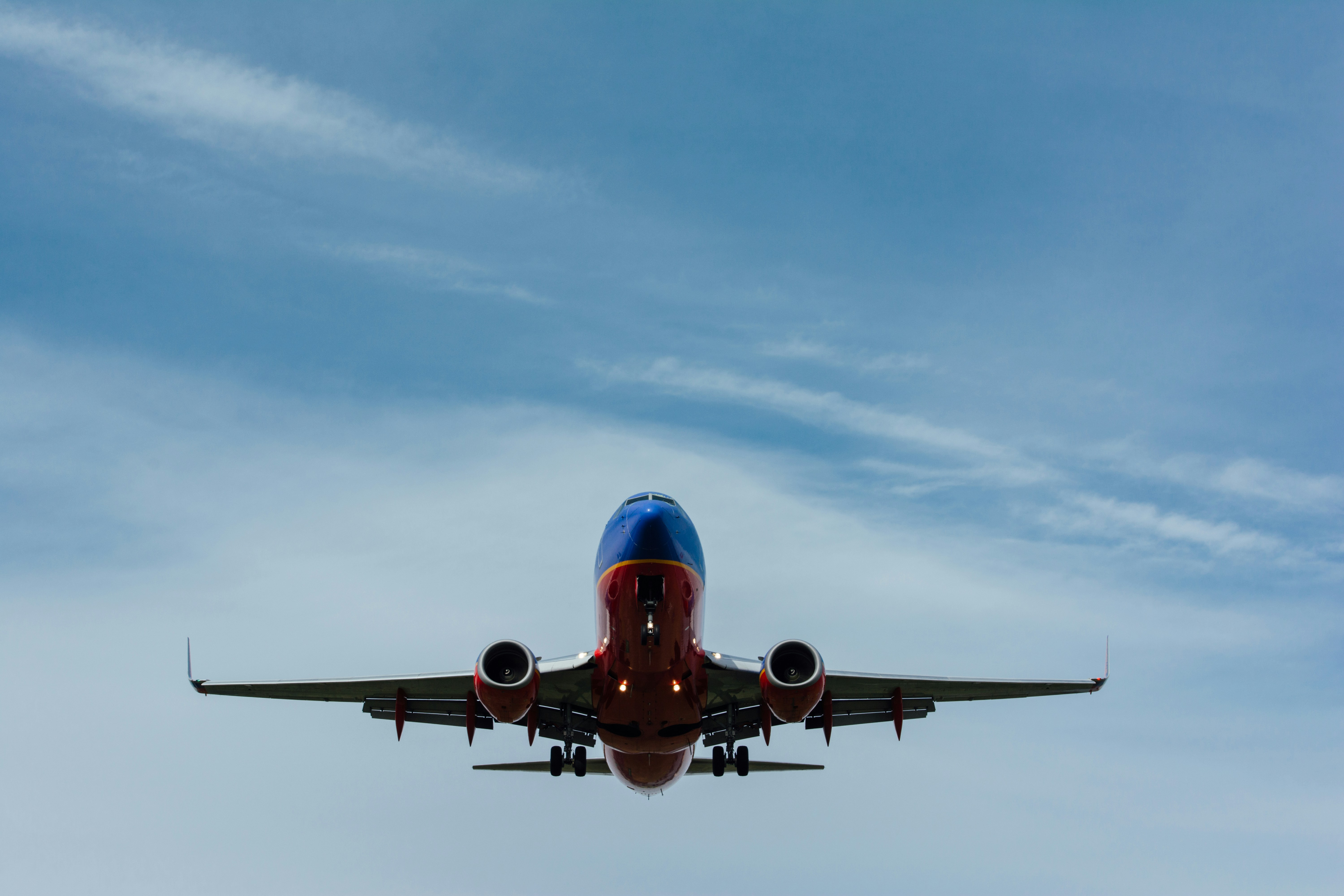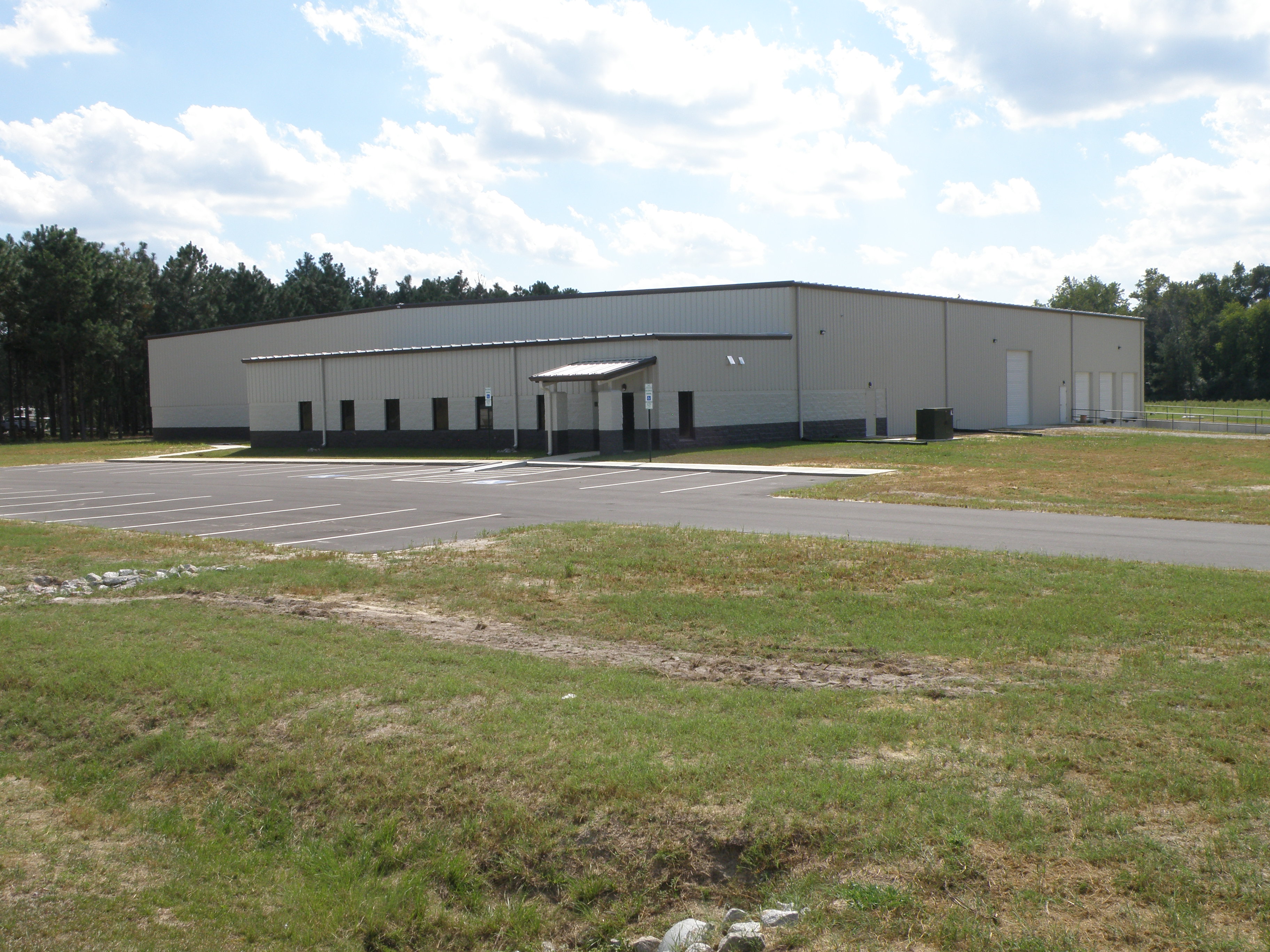
North Carolina’s aviation industry has officially released the numbers showcasing how much local airports contribute to their local and statewide economy. On Jan. 3, 2025, the N.C. Department of Transportation’s Division of Aviation released their 2025 State of Aviation report, announcing that the state’s aviation industry contributes $88 billion each year to the state’s economy and supports more than 427,000 jobs across a network of 10 commercial service and 62 general aviation airports, all publicly owned.
The biennial report examines the extensive economic influence of the state’s aviation system and takes into account their vital role in supporting diverse sectors such as agriculture, military operations, emergency response and aerospace innovation.
Of that reported $88 billion in economic output, seven airports within the Greater Fayetteville Business Journal’s coverage area contributed a combined $1.4 billion, impacting over 7,000 jobs.
Those airports, (ranked from highest to lowest economic impact reported) include:
1. Fayetteville Regional (FAY) located in Fayetteville. This airport impacted 5,285 jobs, generated $276,980,000 in personal income, brought in $48,870,000 in state and local taxes and had a total economic output of $829,230,000.
2. Harnett Regional Jetport (HRJ) located in Erwin. This airport impacted 700 jobs, generated $59,400,000 in personal income, brought in $8,420,000 in state and local taxes and had a total economic output of $203,440,000.
3. Laurinburg-Maxton (MEB) located in Maxton. This airport impacted 635 jobs, generated $50,260,000 in personal income, brought in $10,403,000 in state and local taxes and had a total economic output of $187,280,000.
4. Moore County (SOP) located in Pinehurst/Southern Pines. This airport impacted 650 jobs, generated $58,130,000 in personal income, brought in $7,114,000 in state and local taxes and had a total economic output of $135,520,000.
5. Curtis L. Brown Jr. Field (EYF) located in Elizabethtown. This airport impacted 170 jobs, generated $16,520,000 in personal income, brought in $4,304,000 in state and local taxes and had a total economic output of $62,590,000.
6. Lumberton Municipal (LBT) located in Lumberton. This airport impacted 150 jobs, generated $12,030,000 in personal income, brought in $1,174,000 in state and local taxes and had a total economic output of $29,470,000.
7. Clinton-Sampson County (CTZ) located in Clinton. This airport impacted 55 jobs, generated $4,590,000 in personal income, brought in $554,000 in state and local taxes and had a total economic output of $15,070,000.
In addition to the statewide report, two local airports shared further details on recent growth they’ve seen.
FAY has seen additional flight frequencies added and growth in passengers, adding to the expansion of economic impact for the Fayetteville area. FAY leases space for 73 aircrafts, and in 2024 increased the number of daily flights offered to 22 with Delta Airlines adding a fourth daily flight to and from Atlanta, GA. FAY also held a ribbon cutting on Dec. 13, 2024 marking the completion of all main terminal renovations, a long term project which began in 2017. These were $61 million improvement projects that utilized federal and state funding to update gates in the B Concourse, create a VIP lounge for distinguished guests, expand seating options and add additional airline offices and employee lounges for new potential airline partners.
“It truly is such an exciting time to step into the role of Airport Director at FAY,” said Airport Director Andrew LaGala in a press release “We look forward to the next steps towards the future of FAY, including the groundbreaking of our International Arrivals facility and strengthening our commitment to travelers and our Fayetteville community.”
HRJ, which ranked ninth highest in North Carolina overall in economic output is seeing growth as the result of improvements to existing infrastructure to include a new 7,000+ square foot terminal, apron expansion and runway rehabilitation, all of which were completed and celebrated in 2024.
“Aerospace and aviation are big deals in North Carolina, and in Harnett County,” said Stephen Barrington, director of Harnett County Economic Development in a press release. “Over the course of one year, HRJ saw massive increases in multiple categories – an economic output increase of $56.78 million from the year before; state and local taxes grew by over $2.4 million; and personal income grew by approximately $16 million over the same year. HRJ is in the top 20% in each category across General Aviation Airports in North Carolina, with HRJ’s economic output being in the top 12%. Continued investments in HRJ will continue to benefit the county and new and expanding companies who rely on this asset as part of their transportation infrastructure.”
The full State of Aviation report includes details on the North Carolina Aviation Higher Education program, a breakdown of the state’s aerospace manufacturing and more. Read the full report online at www.ncdot.gov/divisions/aviation/Pages/state-of-aviation.aspx

Keith Dunn began farming hemp in 2017. A few weeks later he founded East Carolina Hemp Supply. After years of slow but steady growth, Dunn hopes to one day be able to build a hemp processing plant in North Carolina to boost the industry and local eco

Photo provided by Bladen County Economic DevelopmentVectorTex USA, LLC, a product developer and technology company, will create 44 new jobs in Bladen County. The company will establish its first North American manufacturing facility in Elizabethtown.